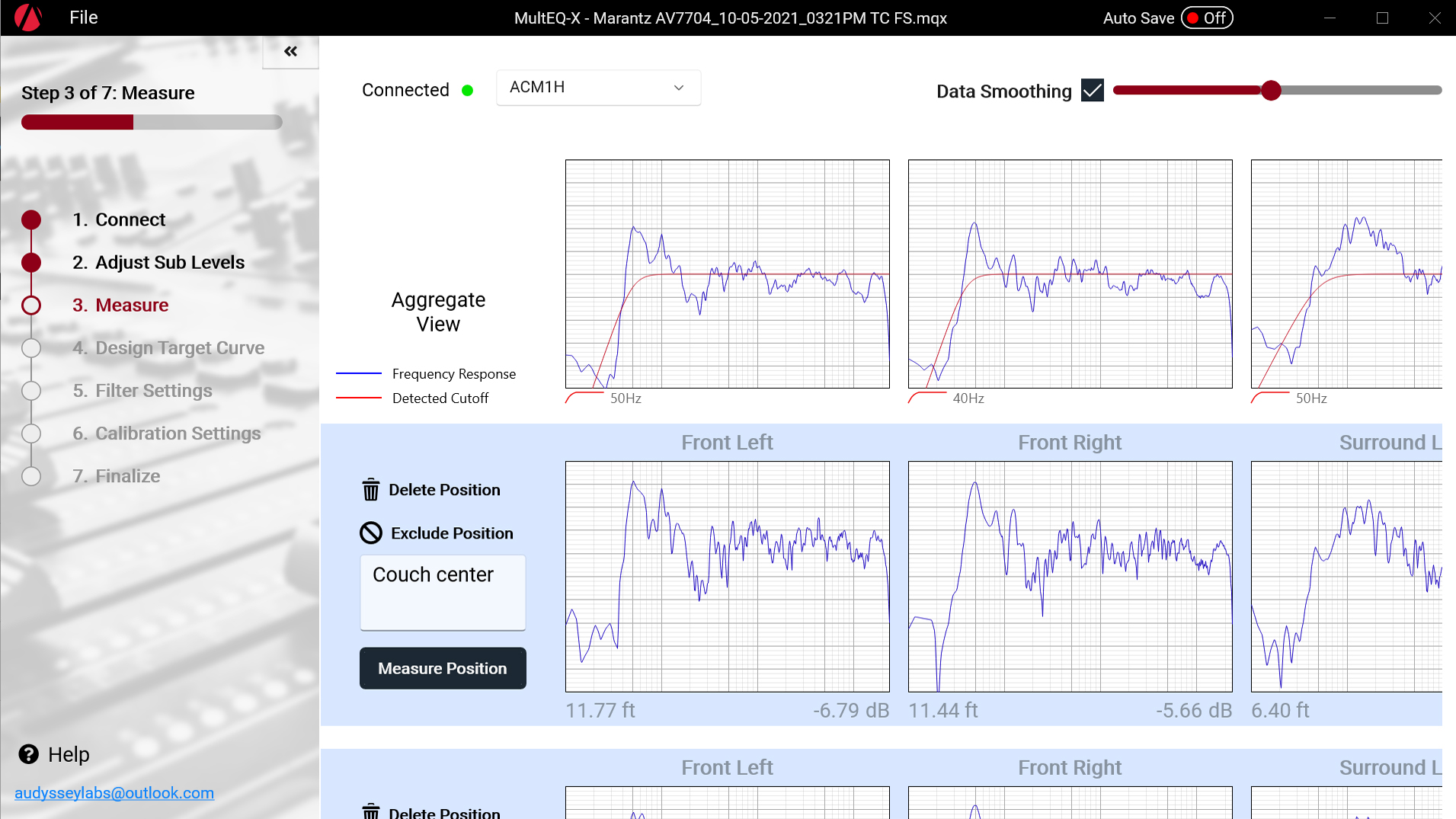Audyssey unveils new individually calibrated microphones for MultEQ-X with Denon and Marantz AVRs
The ACM1-X has a more accurate frequency response to measure your home cinema acoustics

Audyssey has unveiled the ACM1-X, a specially calibrated microphone designed to work with its MultEQ-X room-correction software, enabling users to take measurements that the company says are equivalent to those of a class 1 reference microphone.
Class 1 is a term used to describe microphones used in professional sound level measurement devices considered to be of precision grade. Compared to class 2 or 'general grade' devices, these microphones have wider tolerance levels at the upper and lower ends of the frequency spectrum producing a more accurate overall response.
Each Audyssey ACM1-X microphone is individually calibrated at Audyssey's lab in Los Angeles before being assigned a serial number and its own unique calibration file. MultEQ-X users who purchase an ACM1-X microphone can log into MultEQ-X and, by selecting the option 'Add New Mic', enter their microphone's serial number. The mic's calibration file is then downloaded and paired with the user's app.
The ACM1-X will only work with MultEQ-X, Audyssey's enhanced software that gives users improved functionality when using the company's MultEQ room equalisation technology.

MultEQ-X lets owners of compatible Denon and Marantz AVRs access advanced controls to tweak their acoustic parameters and display detailed information about their room acoustics.
Key features of the software include the capability to adjust subwoofer levels with slow or super-slow time rates, an advanced frequency response curve designer with a new 'cut-off mode', and complete control over target sound curves for every channel and every preset.
Get the What Hi-Fi? Newsletter
The latest hi-fi, home cinema and tech news, reviews, buying advice and deals, direct to your inbox.
The app costs $200 (around £151 / AU$281) and includes a non-transferable license that entitles a single user to calibrate one specific AVR for the lifetime of that product. A virtual demo AVR is included with MultEQ-X for free.
The Audyssey ACM1-X microphone is available now on Amazon at an introductory price of $80 (around £61, AU$110). It's currently showing as out of stock, but available supply for the US is expected soon.
MORE
Denon 2021 AV receiver line-up: everything you need to know
Dirac Live: what is it? How do you use it?
Our pick of the best home cinema amplifiers
Mary is a staff writer at What Hi-Fi? and has over a decade of experience working as a sound engineer mixing live events, music and theatre. Her mixing credits include productions at The National Theatre and in the West End, as well as original musicals composed by Mark Knopfler, Tori Amos, Guy Chambers, Howard Goodall and Dan Gillespie Sells.
-
-pekr- $200 for the app, which can only be used with one AVR? So being ready to upgrade after 4 years of my AVR would push me to buy the license again? That pretty much kills the app for the most of the potential users.Reply
